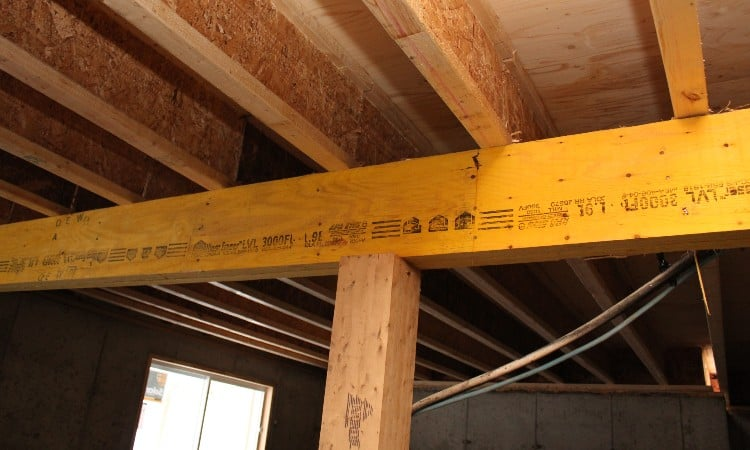Tips for choosing the right beam size

Beam size is an important factor to consider when choosing a load-bearing beam for your construction project. The wrong beam size can lead to costly and dangerous structural problems.
Here are some tips to help you choose the right beam size for your project.
What factors should you consider when choosing a beam size for your project
The first factor to consider is the span of the beam. The span is the distance between the two supports that the beam will be resting on. The larger the span, the more weight the beam will need to support and the wider it will need to be. Another important factor to consider is the load that the beam will be supporting. This includes the weight of the structure itself, any people or equipment that will be using it, and any other factors such as wind or snow.
The type of material the beam is made from is also a important factor. Different materials have different strength and weight-bearing capacities. Finally, you will also need to consider the budget for your project. Wider and thicker beams will be more expensive than smaller ones. Be sure to factor in the cost of the beam when making your final decision.
What are some of the most common beam sizes used in construction projects today, and why are they popular choices
One of the most popular beam sizes for construction projects is the I-beam. I-beams are strong and lightweight, making them a good choice for a variety of applications. Another popular beam size is the H-beam. H-beams are often used in load-bearing walls and support structures. They are also commonly used in the construction of bridges.
Another popular beam size is the C-beam. C-beams are often used in trusses and other load-bearing structures. They are also popular for use in railway construction. Finally, the tube beam is a popular choice for many construction projects. Tube beams are strong and lightweight, making them ideal for use in a variety of applications.
What size beam do i need to span 20 feet
The size of beam you will need to span 20 feet will depend on a number of factors, including the load that the beam will be supporting, the type of material the beam is made from, and the budget for your project.
A wide variety of beam sizes can be used to span 20 feet, so be sure to consider all of these factors before making your final decision.
How do you know if the beam size you’ve chosen is appropriate for the load it will be carrying once the project is completed
Once you have chosen a beam size for your project, it is important to make sure that the beam is strong enough to support the load it will be carrying. There are a few ways to do this. First, you can consult with an engineer or architect to get their opinion on the appropriateness of the beam size for your project.
Second, you can look up the beam’s load-bearing capacity in a span chart. These charts list the maximum allowable loads for various beam sizes. Finally, you can use a beam calculator to determine the strength of the beam you have chosen. Beam calculators are available online and can be used to input the dimensions of the beam and the load it will be carrying. The calculator will then output the beam’s load-bearing capacity.

 How to Plan and Budget for Major Home Renovation
How to Plan and Budget for Major Home Renovation  Repairs to Make Before Selling Your Home
Repairs to Make Before Selling Your Home  5 Reasons to Upgrade Your HVAC System Before Winter
5 Reasons to Upgrade Your HVAC System Before Winter